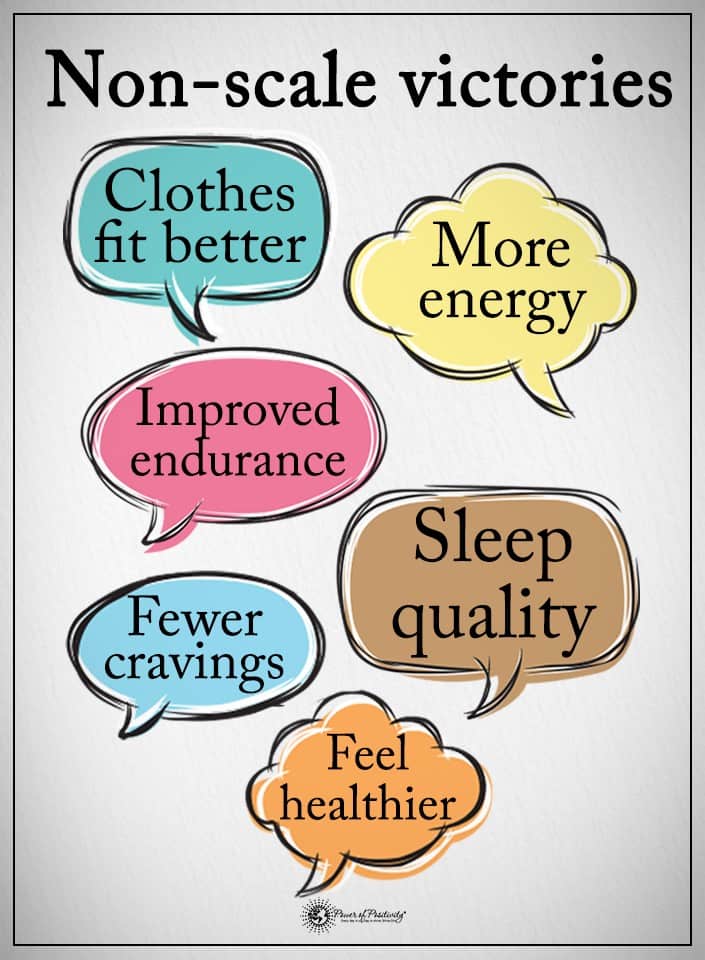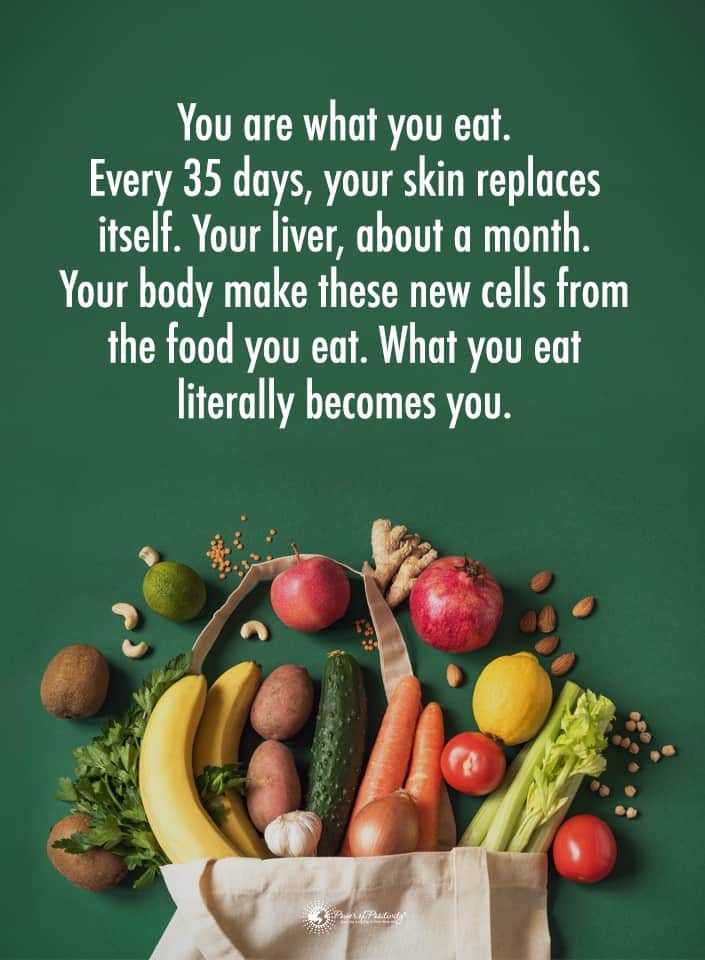A microwave is such a convenient appliance. You can easily pop just about any food item into it, set a good time and temperature, and within just a few minutes or less. It’s warm and ready to consume. But can you put any food into a microwave? The answer, as it turns out, is no.
Certain foods, when microwaved, can produce catastrophic results. These results may affect your health, your safety, or even the lives of others! Here’s why you don’t use a microwave to reheat these 11 foods, as revealed by expert studies and official health warnings.
Eleven Foods Never To Reheat in Your Microwave
1. Processed Meat
 Processed meats aren’t healthy, to begin with, primarily because they’re packed with preservatives and all kinds of dubious chemicals. These preservatives are used to make them last longer, but they’ve never been good for health – and microwaving them makes them so much worse.
Processed meats aren’t healthy, to begin with, primarily because they’re packed with preservatives and all kinds of dubious chemicals. These preservatives are used to make them last longer, but they’ve never been good for health – and microwaving them makes them so much worse.
When you microwave these questionable substances, you may expose them to chemical changes – especially cholesterol oxidation. Here are some research papers detailing this information:
- “Cholesterol oxidation in meat products and its regulation by supplementing sodium nitrite and apple polyphenol before processing” in the Journal of Agricultural and Food Chemistry (2000). This study showed that microwaving processed meats is likely to result in several different chemical processes, including the oxidation of cholesterol. It also found some potential alternative preservative products that could prevent cholesterol oxidation and be more positive for health overall, though most processed meats do not use them even now.
- “Consequences of Microwave Heating and Frying on the Lipid Fraction of Chicken and Beef Patties” in the Journal of Agricultural and Food Chemistry (2003). This study found that frying chicken and beef patties can cause a 1.5 to 2.6-fold increment in cholesterol oxidation products. It sounds like a lot until you hear about microwaving them instead, which generates 5.3 to 6.1-fold increments!
- “Formation of cholesterol oxidation products (COPs) in animal products” in Food Control (2007). This study revealed that the products of cholesterol oxidation are likely to lead to disorders and diseases that can be life-threatening, including coronary heart disease.
2. Fresh Mushrooms
The danger in microwaving fresh mushrooms doesn’t come from the process of microwaving itself, but from the context in which you may microwave them.
You see, fresh mushrooms are best consumed very shortly after preparation. Mushrooms have a lot of short-lived proteins that can go bad very quickly. If not eaten immediately, they can harbor harmful bacteria and start to taste pretty terrible.
It’s recommended that you only store fresh mushrooms in a refrigerator for up to a maximum of 24 hours before eating them. Anything beyond that, and it’s safer to toss them out. When reheating, make sure they’re heated to 158 degrees, at least.
Luckily, only fresh mushrooms need this extra-careful treatment. Mushrooms that can be kept and microwaved safely include:
- Canned
- Frozen
- Dried
3. Water
Superheating is an event where certain parts of water can rise to temperatures above water’s boiling point, meaning higher than 212 degrees Fahrenheit. When you microwave water, certain “hot spots” can develop where the water becomes superheated.
When you move a cup of superheated water, even to take it out of the microwave or tilt it to take a drink, an eruption can occur from within it. This eruption splashes out scalding water that can land on you as you move, causing severe burns. In fact, the FDA has a warning about overheating water and recommends the following more positive ways of using your microwave for water:
- Always read the instruction manual of your microwave often and follow its recommendations and precautionary measures, especially in regards to heating times.
- Make sure you don’t use too much time when heating water, or any other kind of liquid, in a microwave.
- Learn to heat your water to the exact desired temperature (never close to the point of boiling) and familiarize yourself with the setting that gets you safe but satisfactory results.
4. Rice
Rice contains a surprising amount of toxic bacteria known as Bacillus cereus. Even when the bacteria are killed by heat, a lot of its produced spores will remain, according to research. This presence can wreak havoc on the digestive system. This is why rice left at room temperature after being microwaved winds up giving its consumers food poisoning or “fried rice syndrome.”
Why does this happen? It has to do with the warm, humid environment of the rice that is a fertile breeding space for microorganisms. You can avoid this bacterial haven by heating rice to an almost boiling point, then keeping it warm at a minimum of 140 degrees Fahrenheit. This will kill the bacteria and keep its spores from thriving.
5. Eggs
Eggs are, in a way, self-contained. They are protected by their shell or the thin membrane around them, so when they’re microwaved, a lot of heat can get trapped inside.
This is exacerbated by the moisture that naturally exists inside an egg. When you microwave it, that moisture is heated and causes a high buildup of steam. It almost becomes a sort of pressure cooker in there! This can happen even if the eggs are:
- Raw
- Cooked
- Shelled
- Unshelled
All that steam buildup can, over time, result in the egg exploding in your microwave, leaving you quite the mess to clean up. Worse still, this explosion may not occur in the microwave – but outside. This means an egg can explode in your hand or your mouth, spilling scorching egg on you and even burning you.
If you need to microwave an egg, cut it up first. Still, it’s a better idea not to microwave any eggs at all!
 6. Leafy Green Vegetables
6. Leafy Green Vegetables
A lot of leafy green vegetables contain nitrates, which are very healthy typically. But when heated in a microwave, nitrates have the chance of turning into nitrosamines. Nitrosamines are organic compounds that some research indicates are carcinogenic. Some examples of leafy greens that contain nitrates are:
- Spinach
- Kale
- Celery
It’s worth noting that it’s not just these types of green, leafy veggies that run the risk of converting their nitrates into something more dangerous. Beets also shouldn’t be microwaved for this same reason. For both them and leafy greens, you’ll want to reheat them on the stove for safety’s sake.
7. Fruit
There is minimal benefit to microwaving fruit. Most people agree that fruit tastes best cool, cold, or at least at room temperature, and warm fruit can sound pretty unappetizing. But even if you’re in the rare, somewhat odd minority that enjoys the occasional hot fruit, you shouldn’t take to the microwave for that job.
Take, for example, grapes. Some people have a false idea that microwaving them may produce raisins, which it absolutely will not. Instead, the microwaving of two grapes can lead to a significant amount of plasma creation. That plasma is so powerful and substantial that it can melt a hole in plastic dishes or containers, which doesn’t do very positively for your house, microwave, or smell.
Even if plasma doesn’t ruin your bowls or plates, microwaving whole fruit is risky in general because microwaving eggs is risky. Their skin can trap a lot of heat and steam thanks to the added moisture, so biting into that microwaved fruit could burn your tongue badly. The fruit may also explode while you microwave them.
8. Carrots
Do you know what arcing is? It’s what happens when a microwave begins producing sparks as it reacts to something metallic. Nothing quite saps away positive thinking like the fear of your microwave setting your house ablaze!
Carrots are dangerous to the microwave because many of them contain leftover minerals from the soil. This presence can cause sparking, even when there doesn’t look like there’s any reason for this. It’s OK to try microwaving cut-up carrots, but the second there’s a sign of arcing, stop immediately.
9. Hot Peppers
Not all peppers are safe to microwave thanks to their crucial ingredient, capsaicin. Capsaicin is a chemical that is responsible for the spicy punch that peppers packed. When you use a microwave to heat peppers, what you’re doing is releasing that capsaicin into the air.
As an airborne chemical, capsaicin can cause a lot of grief. It might burn your eyes or other sensitive parts of your body, and worse still, it won’t just be you who suffers! In 2016, an entire building in New York had to be evacuated after someone microwaved a pepper and ruined everyone’s day ( plus their positive thinking). Residents started experiencing breathing difficulties and coughing fits due to the capsaicin. So save your neighbors, and don’t reheat hot peppers!
10. Baby Formula
It’s not uncommon for breastfeeding parents to decide to pump breastmilk and freeze it for use later. This is a great idea and perfectly fine to do, but make sure you don’t reheat that milk in a microwave!
You’ve probably noticed by now that microwaves don’t evenly heat food, even when that food is spread across a plate. This results in “hot spots” that may develop in a bottle of breastmilk, with uneven temperatures throughout. A baby drinking from the bottle may then accidentally hit a “hot spot” and find their mouth and throat burning up!
This doesn’t even take into account the possible carcinogenic consequences of heating a material like plastic. This is probably why the FDA has their guidelines on reheating breastmilk for positive results. Heat a bottle of milk in a bowl of hot water or reheat it on the stove in a pot.
11. Potatoes
Botulinum is a dangerous bacteria found in potatoes. At room temperature, C. botulinum can survive after a spell of heat from the microwave and affect those who consume it with botulism. It doesn’t sound very likely, but there is a lot that toxic bacteria can do. In fact, some experts refer to C. botulinum as the “most poisonous poison.”
It’s safe to cook potatoes from scratch with a microwave – if you possess the know-how. But for reheating potatoes, stick to using a baking sheet and an oven to do the job. Be sure not to use aluminum foil – that protects the bacteria!
 Final Thoughts On Some Foods That Experts Recommend To Never Reheat In A Microwave
Final Thoughts On Some Foods That Experts Recommend To Never Reheat In A Microwave
We’re all grateful for how much easier a microwave can make food preparation, especially for a busy go-getter. But there’s wisdom in knowing what can and can’t be stuffed into this machine. Be sure that you don’t reheat any of the foods we’ve discussed, and you’ll be just fine!
The post Don’t Use A Microwave To Reheat These 11 Foods, Reveal Experts appeared first on Power of Positivity: Positive Thinking & Attitude.
【Top 10 Malaysia & Singapore Most Beautiful Girls】Have you follow?